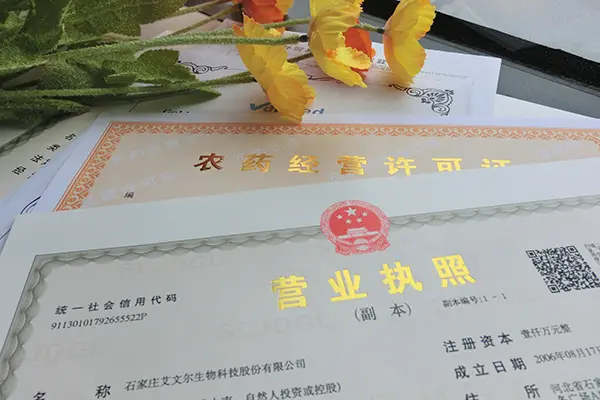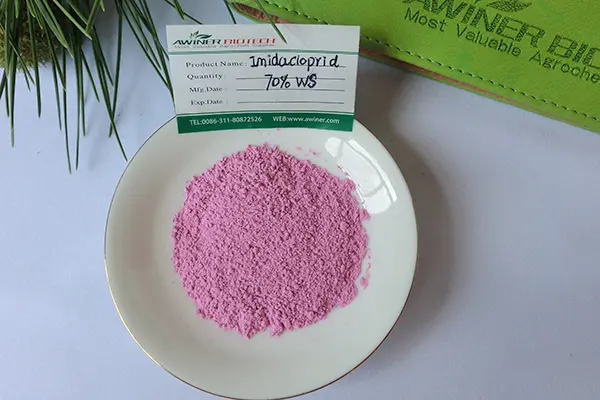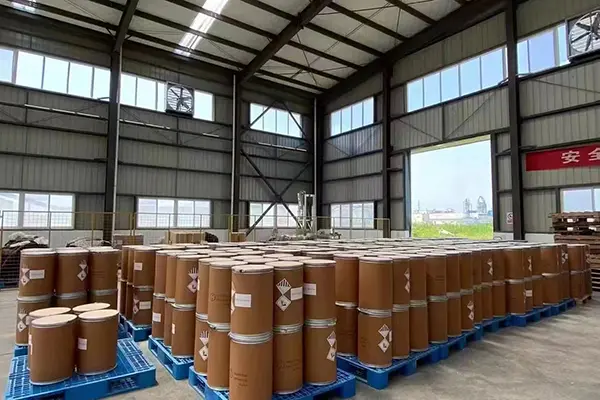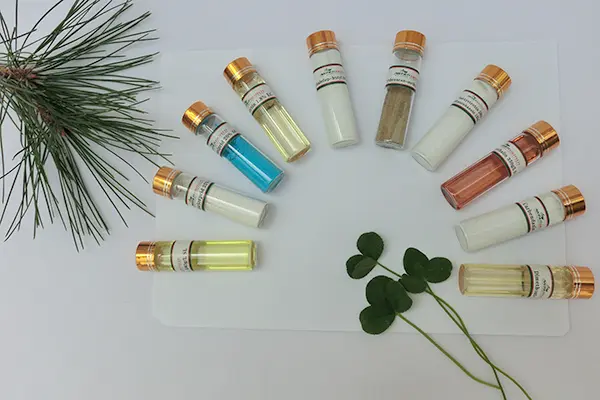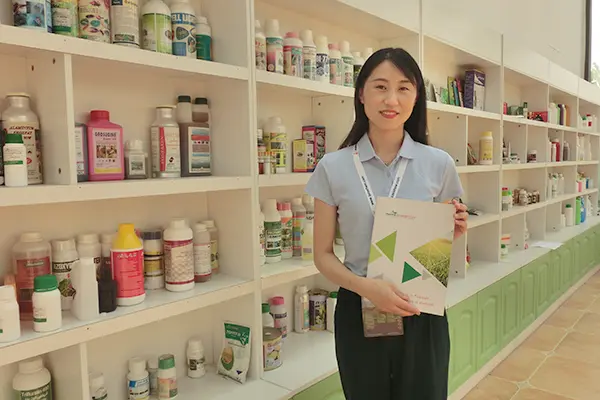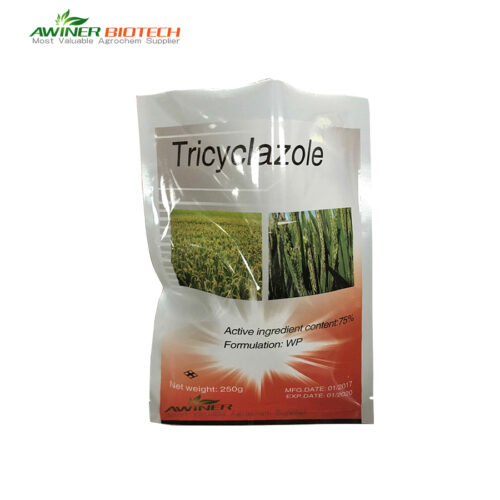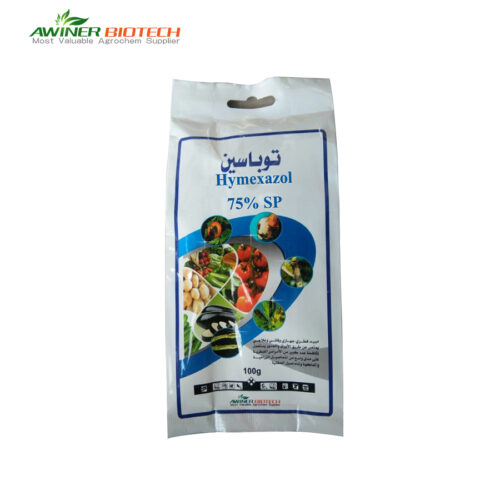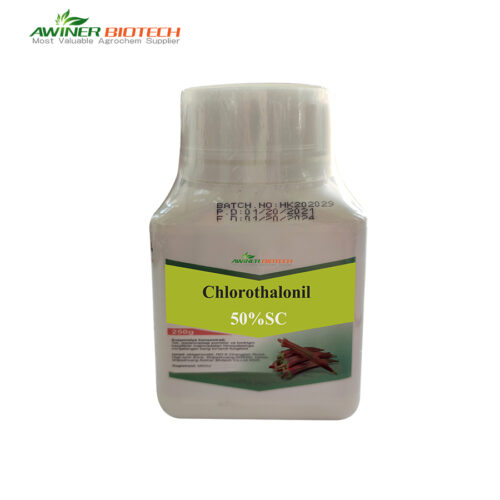Copper hydroxide |
|
| Formulation | 77%WP;37.5% SC;53.8% WDG |
| Packing | Liquid:50ml、100ml、250ml、500ml、1L、5L、10L、20L Solid:10g、50g、100g、250g、500g、1kg、5kg、10kg、25kg |
| Crops-Diseases | Cucumber – angular leaf spot;Tobacco – wildfire;Citrus – canker;Tomato – early blight |
| Certification | SGS、 ISO 、BV |
| Delivery time | 20-30 days |
| Mixture products | Copper Hydroxide+Copper oxychloride |
| Payment terms |  |
Copper oxychloride generally provides longer residual protection but is less soluble, whereas copper hydroxide offers quicker action and better solubility, resulting in faster efficacy against pathogens.
Fungicide Copper Hydroxide Usage
Copper Hydroxide is a versatile fungicide and bactericide commonly used in agriculture. It effectively controls a variety of fungal and bacterial diseases in crops. As a copper-based compound, it acts primarily as a protectant, preventing infections before they can establish.
Farmers often apply Copper Hydroxide to crops such as tomatoes, grapes, potatoes, and various fruits and vegetables. It targets diseases like downy mildew, late blight, bacterial spot, and leaf curl. By creating a protective barrier on plant surfaces, it stops pathogen spores from germinating and infecting the plants.
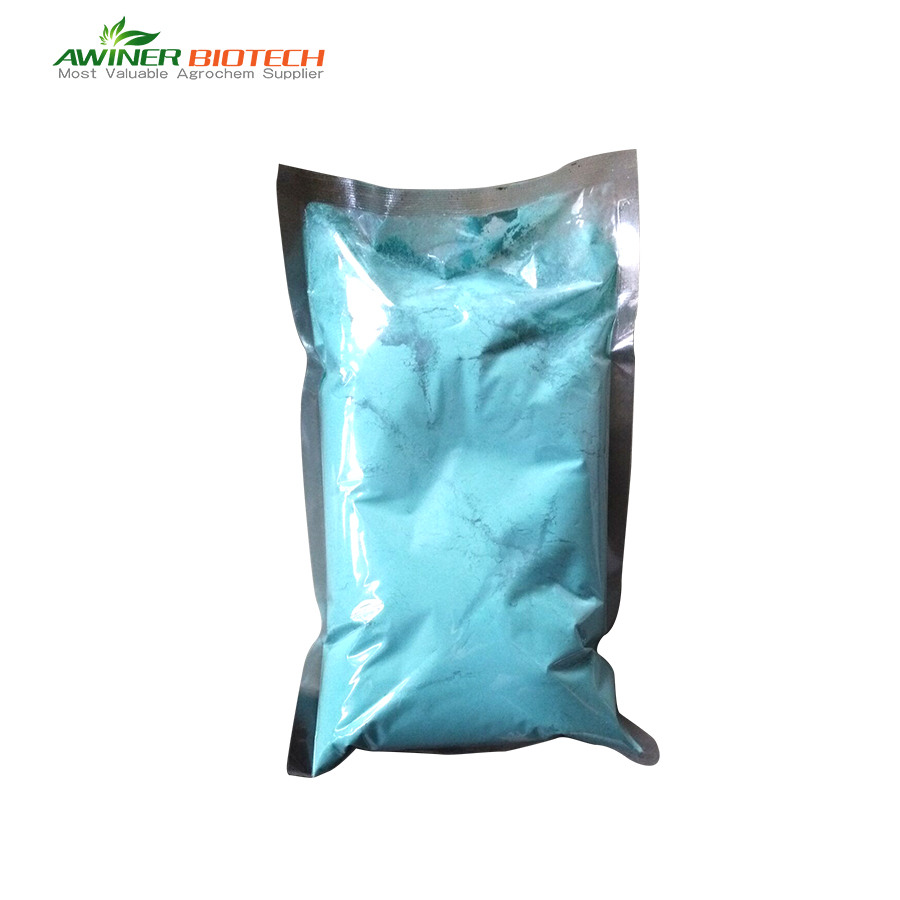 |
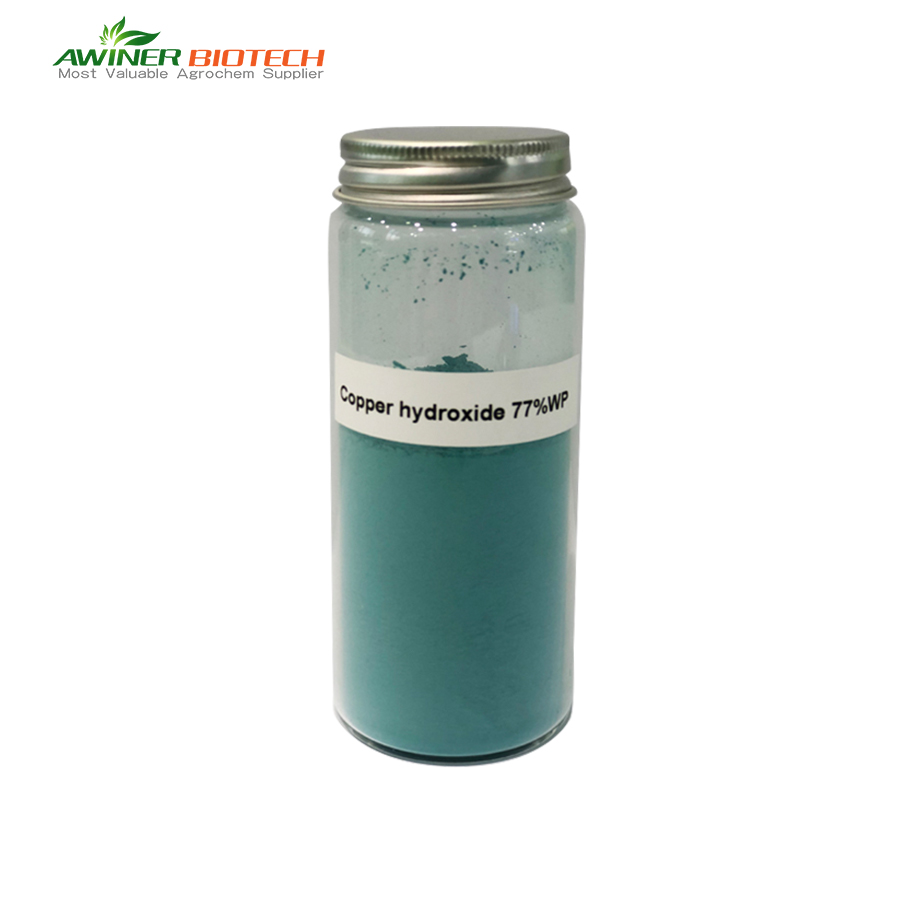 |
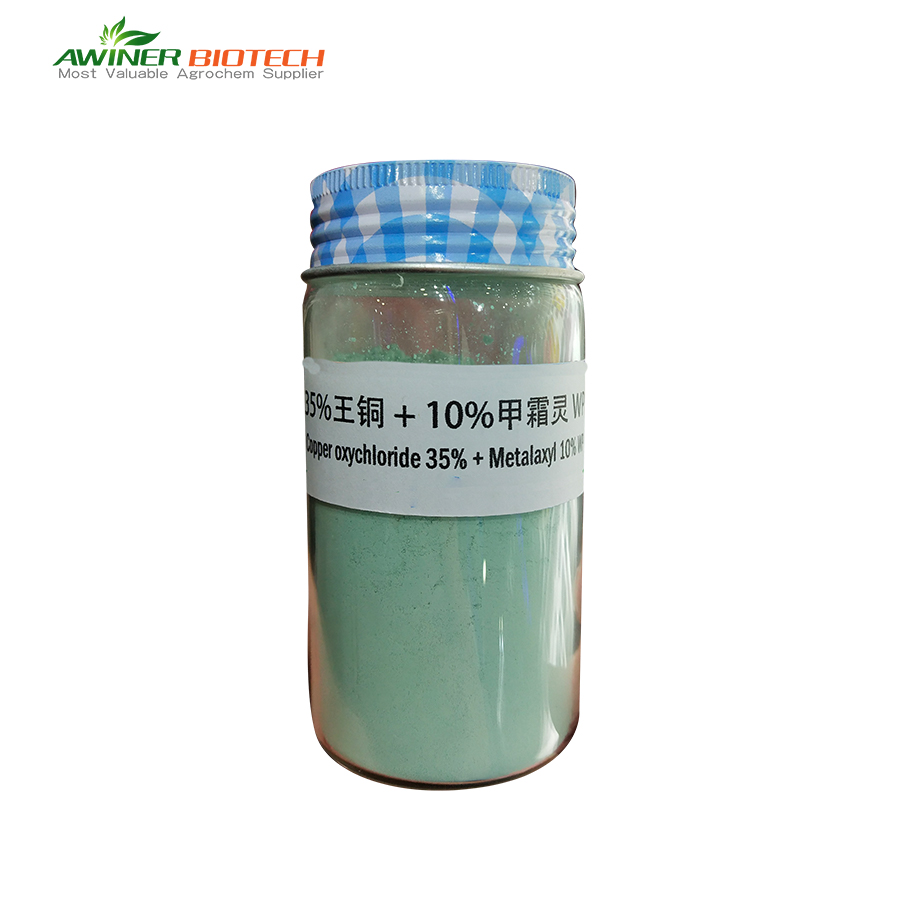 |
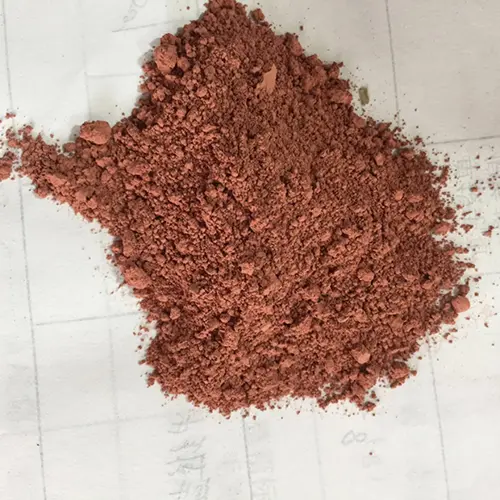 |
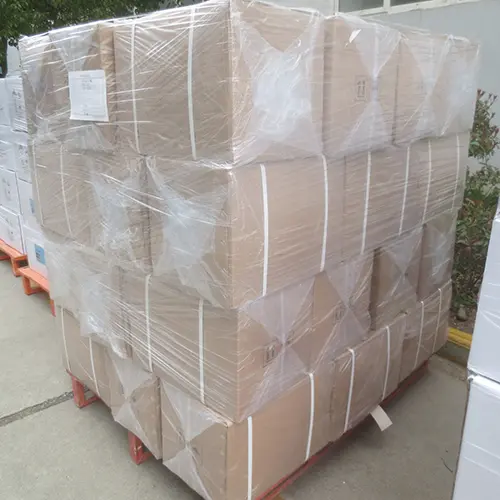 |
The typical application method involves spraying a water-based suspension of Copper Hydroxide on the foliage. To achieve the best results, farmers should apply it during the early stages of disease development or preventively when conditions favor disease outbreaks.
Copper Hydroxide is generally safe for the environment and has a low toxicity profile, making it suitable for integrated pest management practices. By using this fungicide, farmers can effectively manage diseases, protect crop health, and enhance yields.
<About Awiner Biotech>
